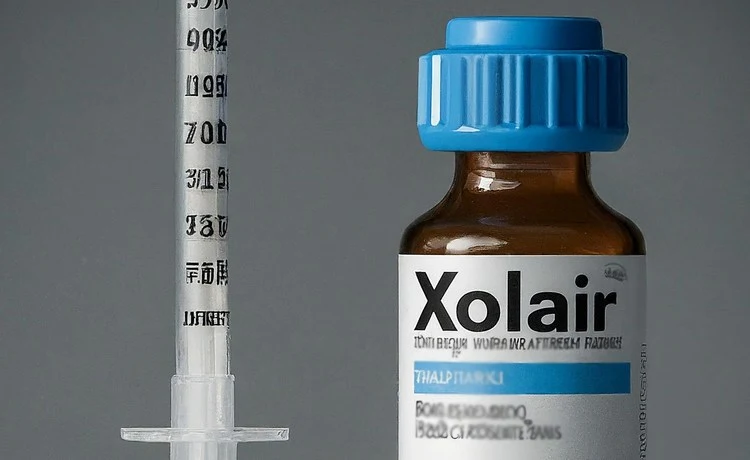Xolair: New Hope for Food Allergies
Food allergies can be life-altering, affecting not only what we eat but also our daily routines and social interactions. Imagine living in fear of accidentally consuming a food that could trigger a severe allergic reaction. Well, there’s good news: a recent development in the world of medicine promises relief for those with immunoglobulin E (IgE)-mediated food allergies. Let’s dive into the details of this groundbreaking treatment: Xolair.
What Is Xolair?
Xolair, also known by its scientific name, omalizumab, is not your typical medication. It’s not a pill you swallow or a syrup you gulp down. Instead, it’s a monoclonal antibody—a fancy term for a specialized protein that targets a specific component of our immune system. In this case, Xolair zeroes in on IgE, the troublemaker behind allergic reactions.
How Does Xolair Work?
Picture this: You’re allergic to peanuts, eggs, lupine, and wheat. One day, you accidentally nibble on a cookie that contains traces of peanut. Your immune system goes haywire, releasing a flood of IgE antibodies. These antibodies latch onto receptors, triggering a cascade of events that lead to hives, swelling, and, in severe cases, anaphylaxis.
Enter Xolair. It’s like a superhero cape for your immune system. When you receive Xolair injections, it binds to those pesky IgE antibodies, preventing them from attaching to their receptors. As a result, the risk of an allergic reaction decreases significantly.
The Clinical Evidence
Scientists don’t just throw around new treatments without rigorous testing. In a double-blind, placebo-controlled study, researchers enrolled 168 brave souls—both kids and adults—who were allergic to peanuts and at least two other foods. These participants were the real-life heroes, volunteering to be part of a groundbreaking experiment.
The results were promising. Xolair reduced allergic reactions after accidental exposure to multiple foods. It didn’t make the allergies vanish, but it acted as a safety net. Imagine having a backup parachute when you’re skydiving—it won’t prevent the jump, but it sure makes the landing less terrifying.
Limitations and Realities
Before you start dreaming of a carefree buffet, let’s set some expectations. Xolair doesn’t grant you immunity to food allergies. You can’t suddenly devour a peanut butter sandwich without consequences. Instead, think of it as an extra layer of protection. If you accidentally encounter an allergen, Xolair minimizes the health impact.
Also, Xolair isn’t a magic potion for every food allergy. It’s currently approved for peanuts and other common allergens, but it won’t work if you’re allergic to unicorn tears or dragon scales (yes, I made those up).
The Bigger Picture
Food allergies affect millions of people worldwide. According to the Centers for Disease Control and Prevention (CDC), approximately 6% of Americans grapple with food allergies. That’s a lot of folks avoiding nuts, dairy, and gluten like they’re navigating a culinary minefield.
Xolair joins the ranks of other food allergy treatments, including Palforzia (approved for peanut allergy). It’s a step forward, a glimmer of hope for those who’ve spent years scrutinizing ingredient labels and dodging allergens.
Conclusion
So, here’s to Xolair—the defender of allergic souls, the guardian of EpiPens, and the reason you can enjoy that slice of cake without fearing the hidden almond flour. It’s not a cure-all, but it’s a lifeline. Next time you raise your glass (of non-dairy milk, of course), toast to science, progress, and a future where food allergies no longer hold us hostage.
Disclaimer: This article is for informational purposes only. Consult your healthcare provider before starting any new treatment.
Remember, dear reader, Xolair isn’t just a drug; it’s a beacon of hope for those who’ve battled food allergies. So, the next time you see someone savoring a peanut butter cup, give them a nod—they might be Xolair’s unsung hero.







